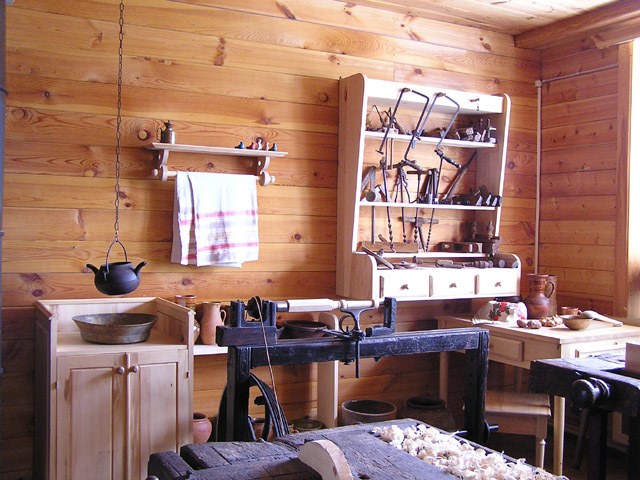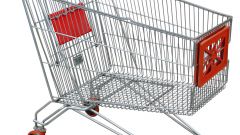Instruction
1
Carefully calculate preliminary business plan: what you will produce, how much it will cost to buy the equipment, how much will be spent time and money on the production of a single product where you implement and how, how long and at what price, how many will pay your investment.
2
Find a suitable place to work. Of course, the best option would be a room rented closer to city centre or market – this will allow faster and easier to sell. However, at first, is fine even the garage. Importantly, the sizes were sufficient to handle large products. Equip the workplace with uninterrupted heat and light, water.
3
Acquire the necessary materials - until you have secured a reliable market, it is better to buy them at the consumption. On the tools is better not to save – from them depends largely on the quality of the products. In the basic pack includes stapler, drill, planing machine, milling machine, hammer, circular saw and some other tools. Some items, for example, a table for lathe, you can make your own hands. Buy brushes, paints, glue, lacquer, paper and other small parts.
4
After preparatory work is completed, decide on the market. The first time it can be friends and acquaintances, when "word of mouth" is working, you can extend the range of customers. Besides, you can always look for distribution channels in the market, fairs, in shops of building products, through an ad in the newspaper.
5
First engaged in manufacturing certain kinds of products, such as doors. After the case is slightly off, you can extend the list with chairs, tables, wardrobes, bedside tables, shelves, benches and other furnishings.
6
Be sure to develop your business with its expansion complete PE, consider the is, enter the promotions and discounts, set up a communication mechanism with customers.


